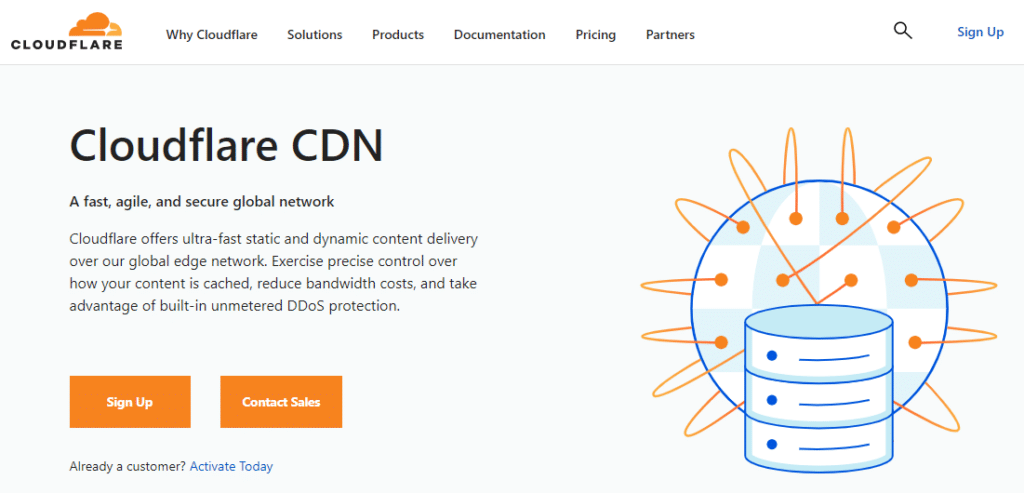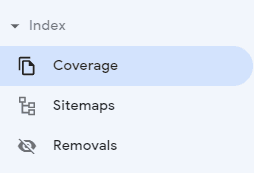Table of Contents
What is technical SEO?
Why is technical
Guide on how to do technical SEO
Website PageSpeed
Site structure
Check for indexing & crawling errors
Website security
Structured data
Duplicate content
Mobile responsiveness
Conclusion
The various disciplines of Search Engine Optimization can be divided into 4 different categories, namely, on-page
If you are a business owner or marketer you should master each of these types of
In this article, you will learn about technical
What is technical SEO ?
If you’re building a new website or doing an SEO audit of an existing site, technical
Briefly, technical

Image source: SearchEngineJournal
Some key aspects of technical
Why is technical SEO important?
SEO is a competitive field and achieving high rankings is getting more challenging as time progresses.
Because of this, webmasters should do everything in their power to create websites that search engine crawlers and algorithms love.
This is where technical
Guide on how to do technical SEO
Here are some tips on how you can perform technical
Website PageSpeed
Improving a website’s loading speed is probably one of the main focus points of technical
This is because a site’s loading speed is a direct ranking signal. Additionally, a slow website loading speed results in higher bounce rates compared to a fast loading speed.
Here are some tips on how to improve loading speed.
Optimize images and other media
Large images have a negative effect on the loading speed of a website. By reducing the size of images and other on-page media, webmasters will decrease the webpage size.
As a result, the page will be lighter and will load faster.
Take advantage of a Content Delivery Network
A CDN, or Content Delivery Network, is a system that stores website data and files in locations all over the world. This is useful in improving a site’s loading speed because the CDN serves the website files from the server that is nearest to the location of the visitor.

Keep HTTP redirects to a minimum
Each time a page redirects to another page, it increases the time it takes for the webpage to be completely loaded.
So, try to minimize the total number of unnecessary redirects on your website to improve loading speed.
Utilize browser caching
Caching is the process of storing copies of website files such as images, CSS and Javascript files, cookies, and stylesheets on the visitor’s browser or a server.
Caching reduces the time it takes to load a page because the browser doesn’t have to completely reload the entire page each time the user visits the website.
Site structure
A website’s structure, commonly referred to as a site’s architecture, plays a role in how easy it is for search engines to crawl and find all the pages of a site.
Your website’s structure refers to the way you organize the pages on your site. It deals with the way that webmasters categorize and link to content and pages on a website.
To help search engines to find all the pages on your site, make sure to optimize your site structure. You can do this by following these suggestions:
- Creating logical URL structures such as www.domain.com/blog/technical-seo or www.domain.com/services/technical-seo. Both these URLs give the search engine a clear indication of what the pages are about, one is referring to a piece of content and the other is referring to technical
SEO services that the business may be providing. - Use category pages to group related pieces of content, products, or services. For example, when creating a service page add it to the correct parent page, something like www.domain.com/services/web-design instead of allocating it to an unrelated page such as www.domain.com/about-us.
- Link to relevant internal pages. Webmasters can and should link to internal pages, even if pages have different intent. For instance, if you’re selling
SEO services, you can link to your main page selling yourSEO services from the About page or in blog posts. - Don’t bury important pages. The most important pages of your website should be easy to find. The general rule of thumb is that the most important pages should be accessible within 2 to 3 clicks from any page on the site. To avoid this, you should try and create a “flat” site structure, instead of having too many internal subpages.
Check for any indexing & crawling errors
This next phase of technical
To find these pages, go to your website’s Google Search Console dashboard. Once logged in, click on Coverage Report to find and view any pages that have may have errors.


Another way that you can ensure that Google indexes and crawls all of your pages is by submitting an XML sitemap of your website. This is an especially good idea if you’ve recently overhauled your website’s structure.
To submit a new sitemap, click on the Sitemaps tab on the left of your Google Search Console dashboard.

Website security
Google takes the safety of its users seriously, and you should too. Google is so serious about safety that it added it as a ranking factor in 2014.
Because of this, make sure that your website is secure by setting up an SSL certificate for your website.
To check if your website has a valid SSL certificate, simply check to see if there’s a lock on the left side of the search bar in the browser. Furthermore, if a website URL starts with “https://” instead of “http://”, then the website is safe to use.

Structured data
Structured data tells search engines exactly what your page is about. Structured data should be used on product pages and content pages.
For instance, if you’ve got a cooking blog featuring various recipes, you can use structured data to tell search engines this. By using structured data on your blog, some of the recipe elements and/or information will be visible on the search results page.

Structured data can also be used on product pages to give some information about the products such as customer reviews, availability, colors, etc.

To implement structured data on your website, visit Schema.org to find all the structured data code that you can add to your page(s).
Duplicate content
You should do your best to avoid creating duplicate content on your website. The reason for this is that duplicate content can confuse search engines. If 2 pages are the same, which one should the search engine rank higher?
To combat this issue, webmasters can use the canonical tag, written as “rel=canonical”, to tell the search engines which page to prioritize when deciding which of the duplicates to show in the search results.
Mobile responsiveness
If your website isn’t responsive on mobile devices, then you might be losing out on valuable rankings. This is because Google started promoting mobile-friendly websites over non-mobile-friendly websites in 2016.

Image source: Google
To test if your website is responsive, you can use Google’s mobile-friendly test.
Conclusion
Performing technical
By following the technical


